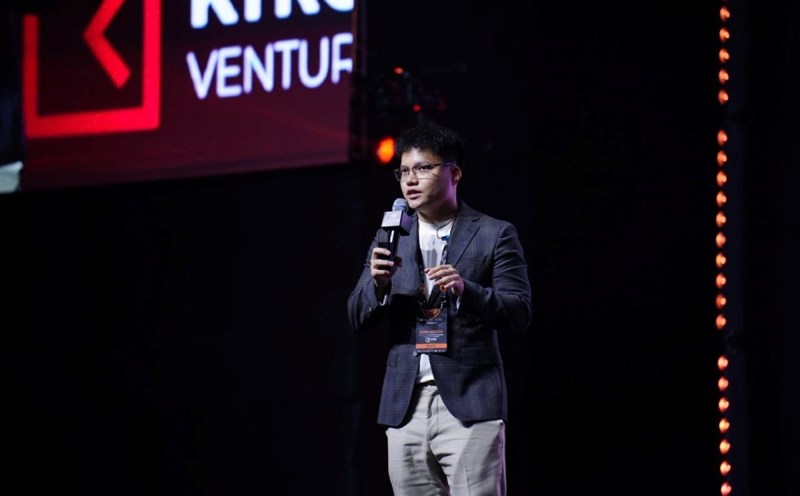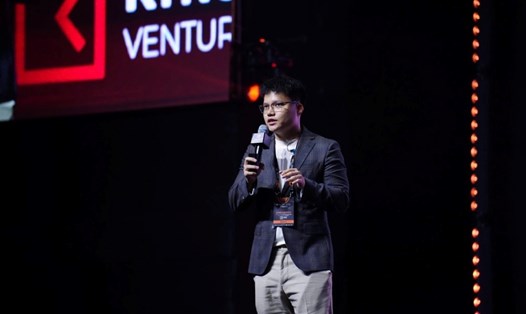In terms of structure, most venture capital funds, whether local or global, operate according to the General Partner (GP, fund manager) - Limited Partner (LP, investor contributor model). GP manages the fund, while LP (including institutional investors, pension funds, and rich individuals) contributes capital according to the commitment within 8-12 years. However, at the local level, this mechanism is often adjusted to suit market conditions, when the government and developed banks participate as key investors or co-founder of the same private sector.
In the US, local risky investment funds are often set up by state or local governments to support the regional startup ecosystem, especially in areas that have not yet attracted private capital. Many states use capital from the US Treasury Department's Small Business Support (SSBCI) program to form investment funds, then invite private managers to operate and raise additional private capital.
For example, the New York State adventure Investment Fund has spent more than $130 million on early-stage technology startups and regional partner funds; while Tennessees state-level adventure investment program has been funded by the state with $200 million to promote innovation and job creation. These funds often focus on the earliest stage or early stages of development, the goal is not only to create financial profits but also to stimulate local economic growth, attract talent and build a cluster of sustainable innovation.
In China, the guidance fund model is a typical example. Governments of provinces and cities such as Shenzhen or Hangzhou have established hundreds of public and private funds to invest in semiconductor, battery, and AI technology. These funds operate in the form of fund-of-funds: The government contributes 30-50% of capital, the rest is mobilized by the private sector. This approach has created hundreds of billions of USD in capital for domestic technology, but has also been criticized for uneven investment efficiency and lack of transparency in project selection.
In India, the operation of risky investment funds is regulated by the legal framework SEBI AIF (Alternative Investment Fund). Local funds, such as Blume Ventures or Chiratae Ventures, have invested heavily in technology startups serving local needs, from fintech, online education to logistics. The Indian government also established a Fund of Funds for Startups (FFS) program with a total capital of more than 10 billion USD, thereby co-investing with the private sector to balance risks and encourage innovation in strategic industries.
He also encouraged individuals to invest in young businesses. The two tax incentives EIS (Enterprise Investment Program) and SEIS (Enterprise Investment Program for the Seed Phase) allow investors to receive a reduction of up to 50% of income tax and exemption from interest tax if they hold shares for enough time. This policy has created thousands of investment deals in young businesses each year, helping to form a strong startup ecosystem around London, Manchester and Edinburgh.
In Africa, local funds such as Sawari Ventures (Egypt) or Norrsken22 ( Southern Sahara) are taking advantage of capital combining the private sector, development aid and sovereign funds to invest in fintech and renewable energy - the sector with the fastest potential for development in the region.











